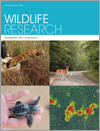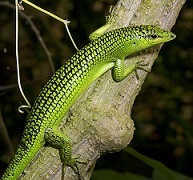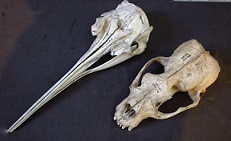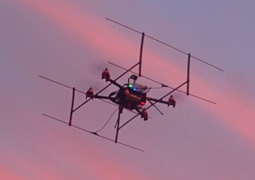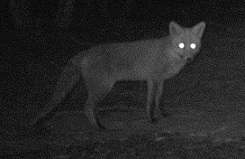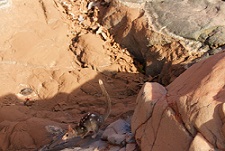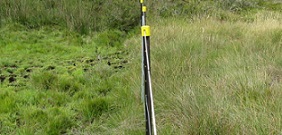WR18035Retaining change in attitudes and emotions toward coyotes using experiential education

An experiential education program was designed targeting risk perceptions and preventative measures to enable people to feel more comfortable with situations with coyotes. This interactive approach to wildlife safety and coexistence had a significant positive effect on people’s attitudes, and significantly decreased their perception of risk in human-coyote interactions. The results indicates the importance of experience in participant retention in wildlife programming.


